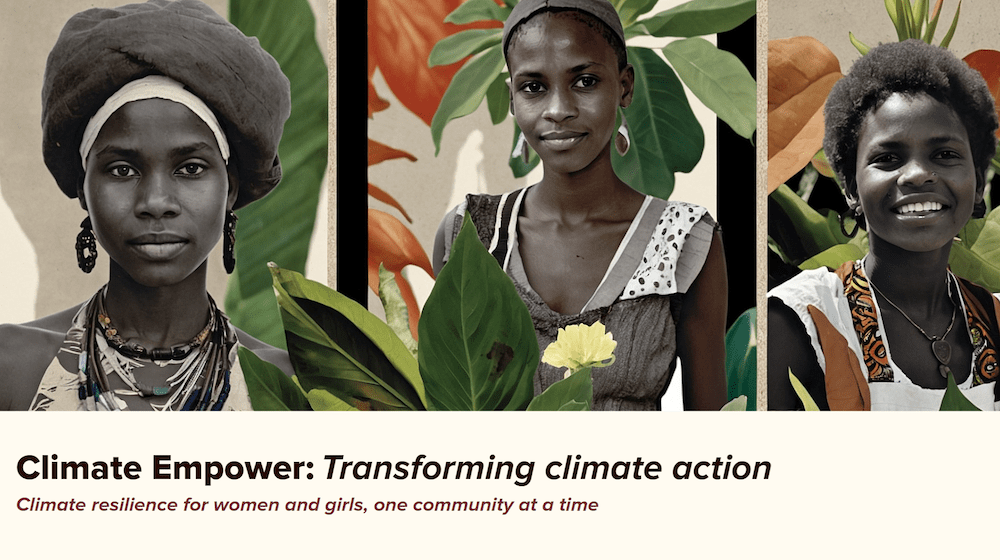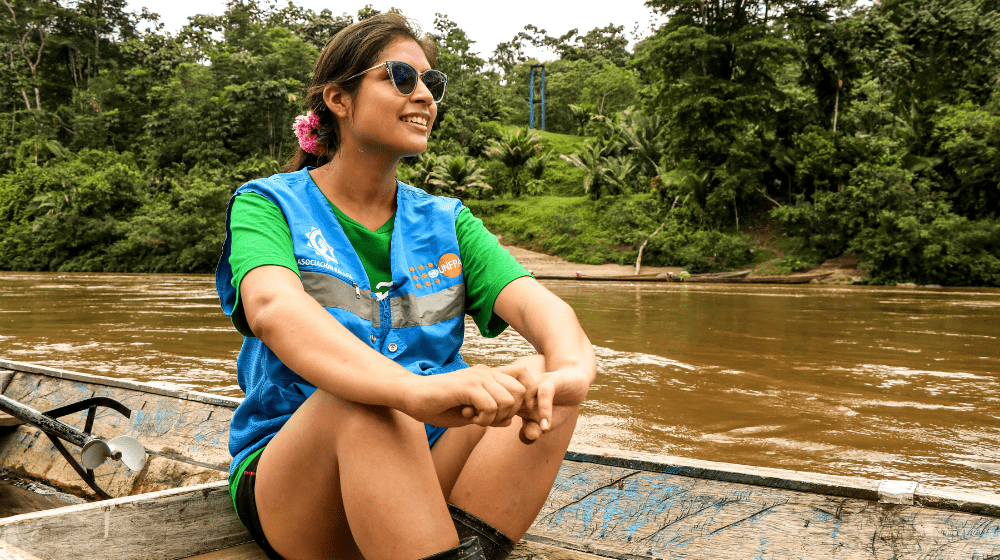
As the planet heats up, dangers increase for women and girls
The year 2023 was the hottest known on earth. Yet 2024 is on track to break this unwelcome record.
Extreme weather is the ‘new abnormal’ as droughts, storms, floods and wildfires become more frequent, more prolonged and more intense.
New data released by UNFPA and the Internal Displacement Monitoring Centre shows how extreme weather and disasters are severely impacting poor and vulnerable women and girls on the front lines of the climate crisis.
Climate change makes pregnancy more perilous
Climate crises and exposure to extreme heat increases the risk of stillbirth, miscarriage, premature births and maternal deaths.
Of the 14 countries most vulnerable to climate change, six are among the 10 countries with the highest maternal death rates: Afghanistan, Central African Republic, Chad, Nigeria, Somalia and South Sudan. Unless sufficient investments are made towards improving maternal health outcomes in these countries, severe weather events will only heighten the dangers of pregnancy and childbirth.
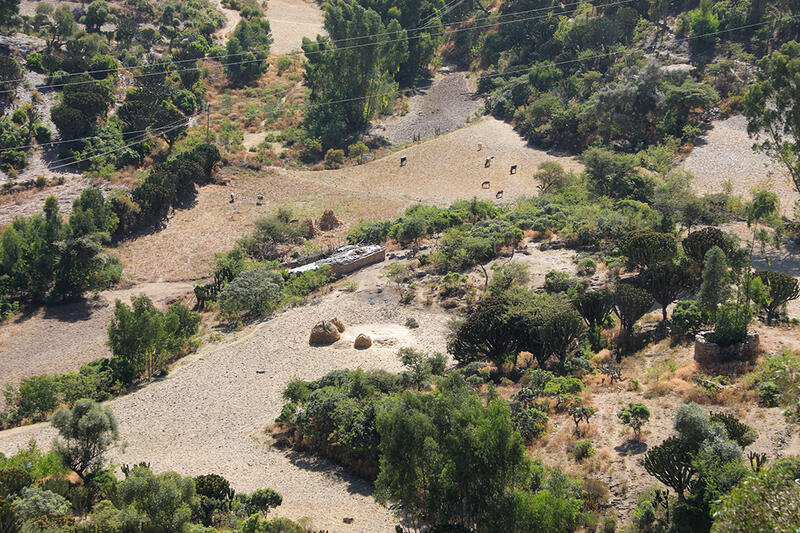
As climate change devastates livelihoods, child marriage increases
Devastatingly, families faced with no way to make ends meet – because their livelihoods have been destroyed in climate catastrophes – sometimes turn to child marriage as a way to cope with crushing financial stress.
In Malawi, for example, 1.5 million girls are at risk of becoming child brides. A key driver of this harmful practice is climate crises, which have rendered families unable to feed their children.
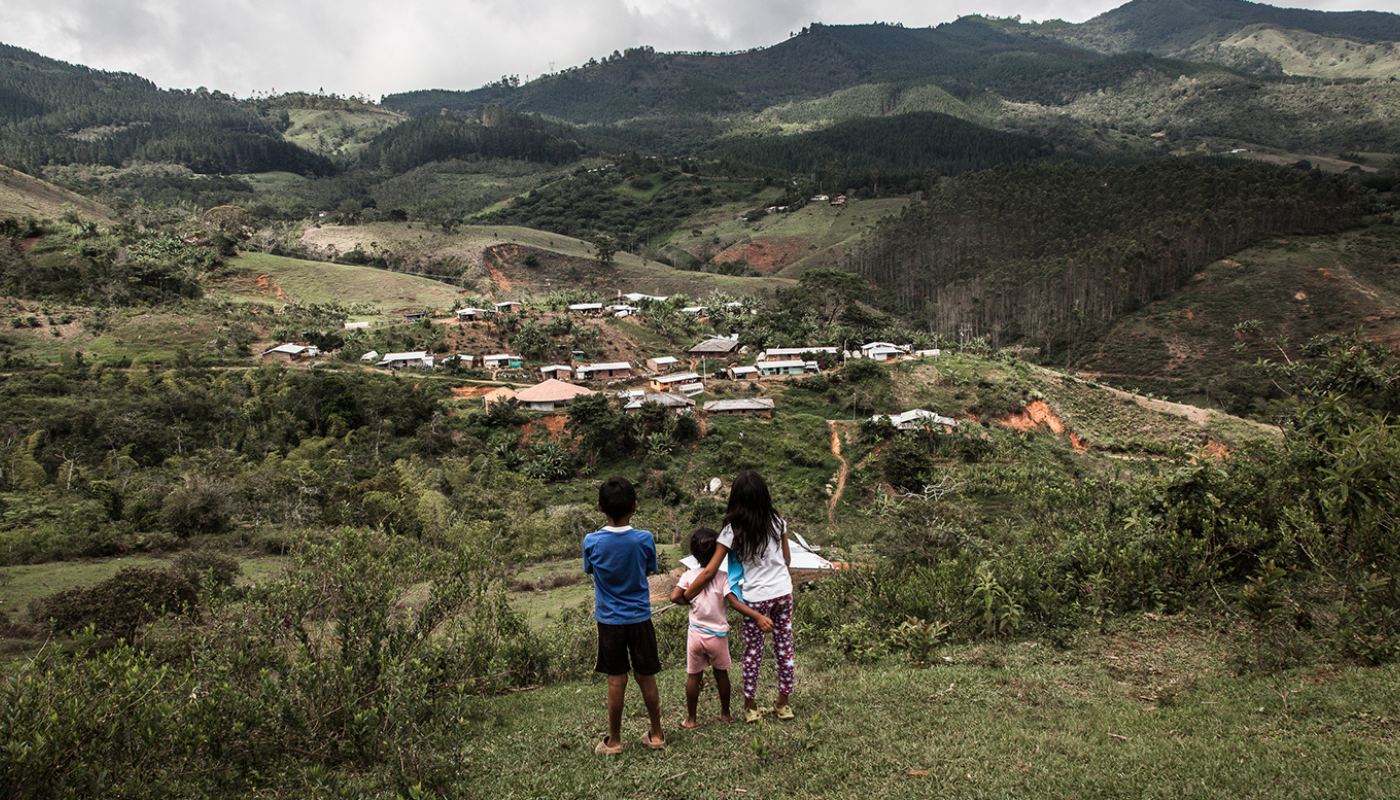
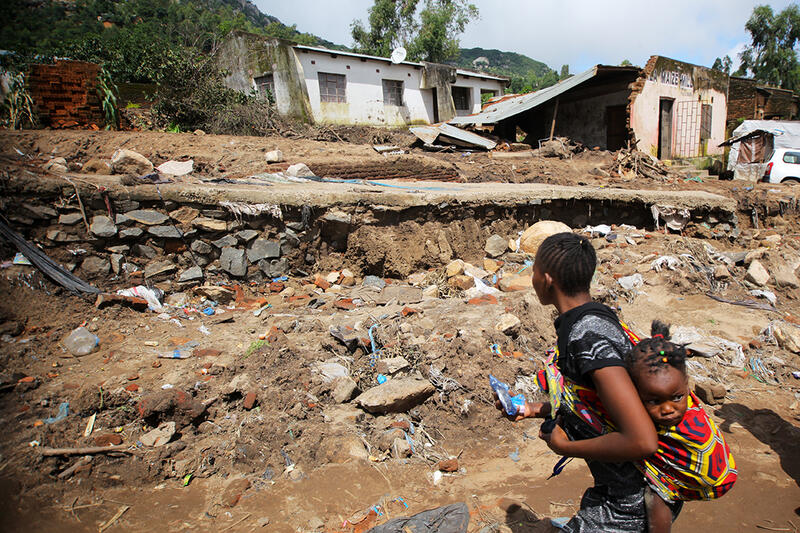
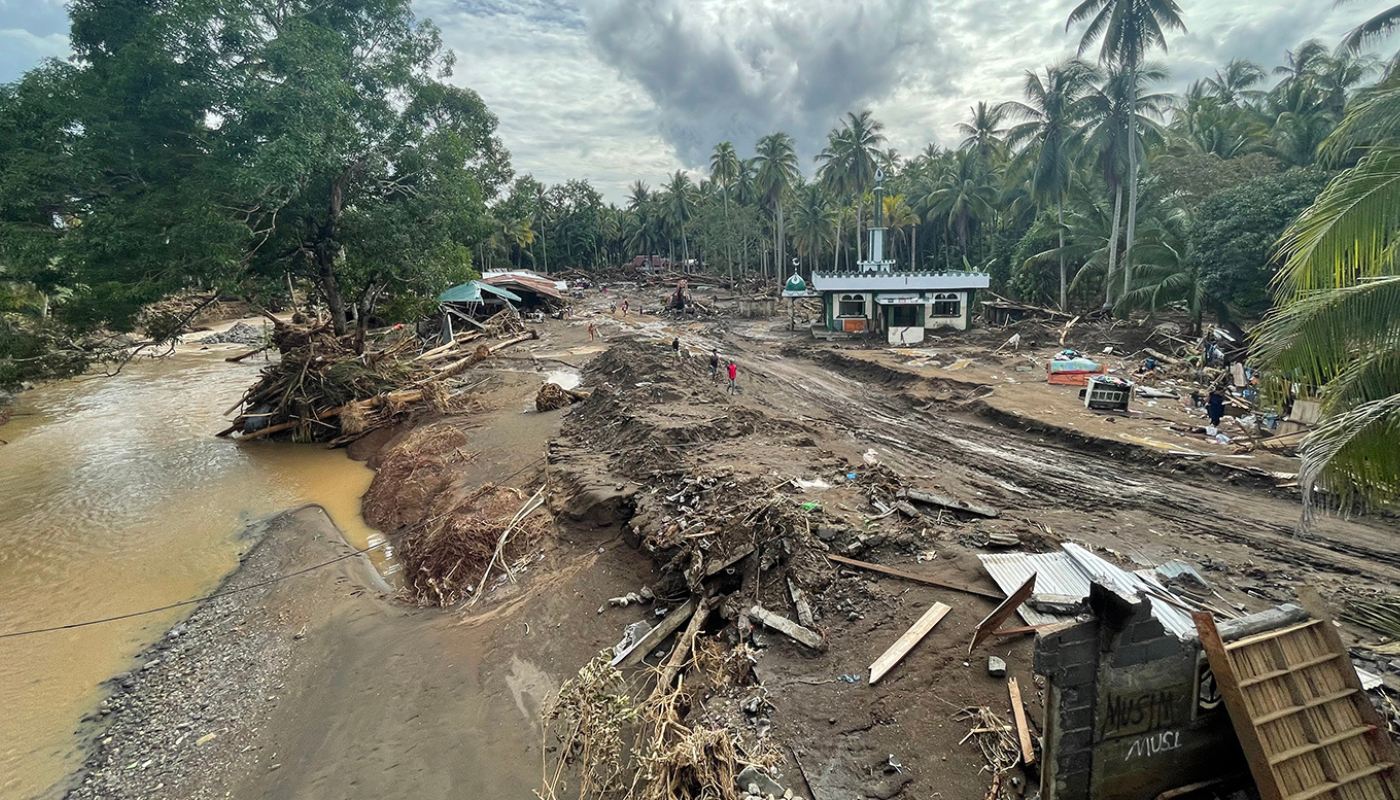
Gender-based violence, including intimate partner violence, increases during a climate crisis
As the global climate nightmare worsens, women and girls are experiencing shocking levels of intimate partner violence. This aspect is often forgotten by policymakers, though studies clearly show how disaster-induced stress and scarcity can create conditions for abuse.
UNFPA projections indicate that in sub-Saharan Africa alone, the number of people experiencing intimate partner violence will almost triple to 140 million in 2060, if the worst-case scenario of climate inaction plays out.
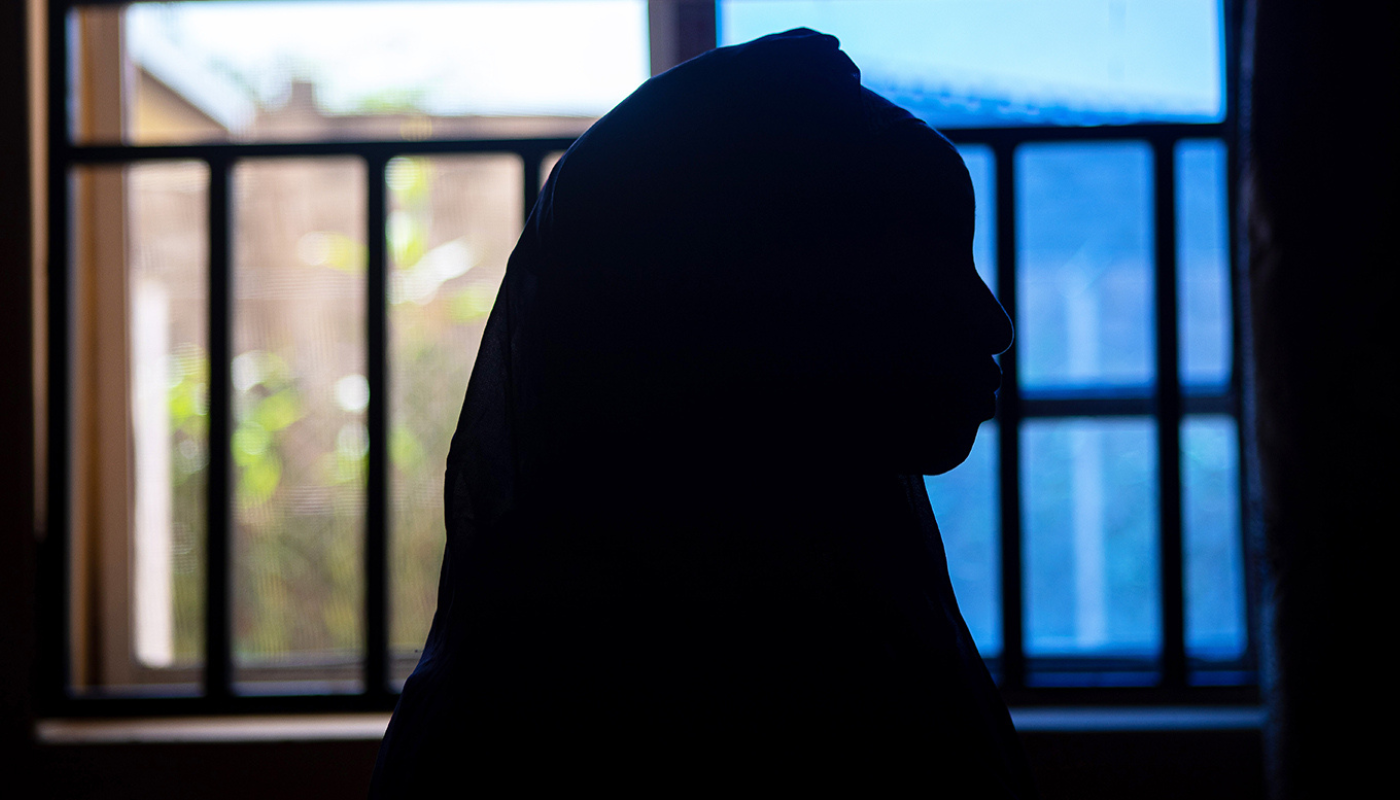
Climate change and conflict is colliding
When women and girls are displaced from their homes by a climate crisis, they are especially vulnerable to all of the risks above.
Last year, almost a quarter of disaster displacements, many of which were driven by climate change, took place in countries at high risk of humanitarian crises and disasters.
Displaced from their communities, pregnant women struggle to access antenatal and postnatal care and safe birth because hospitals are destroyed or inaccessible.
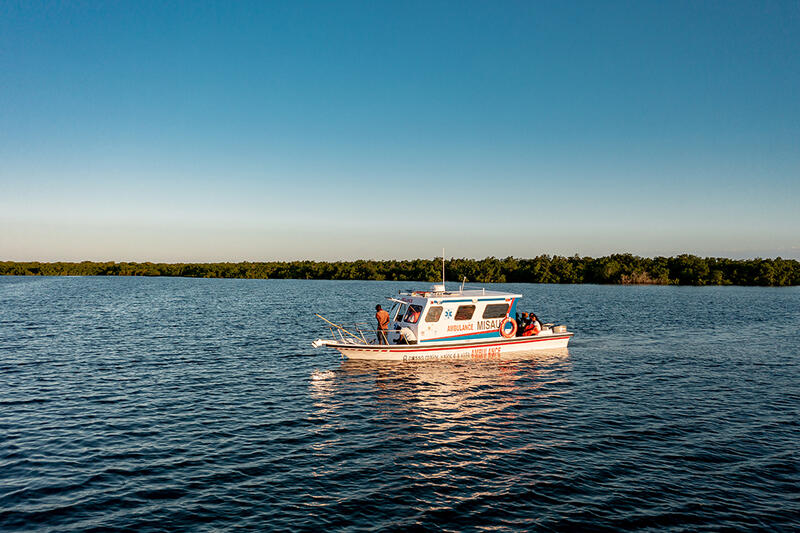

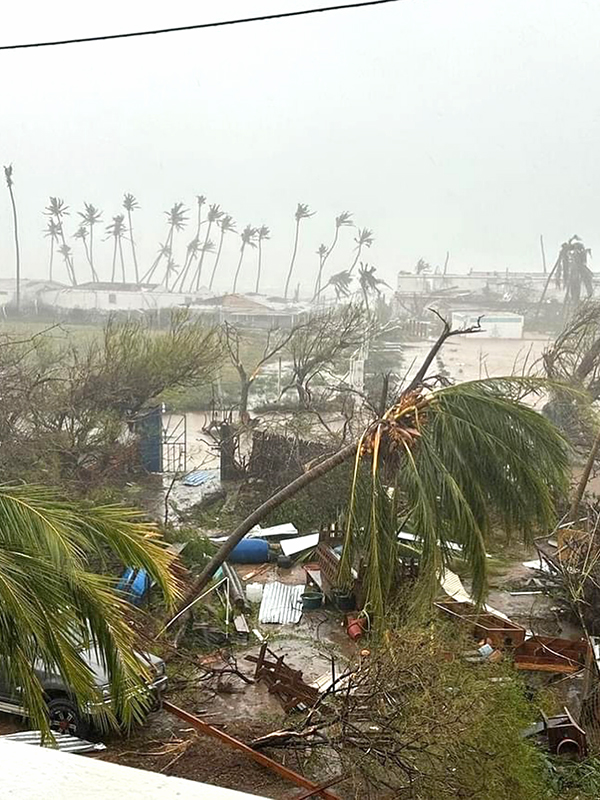
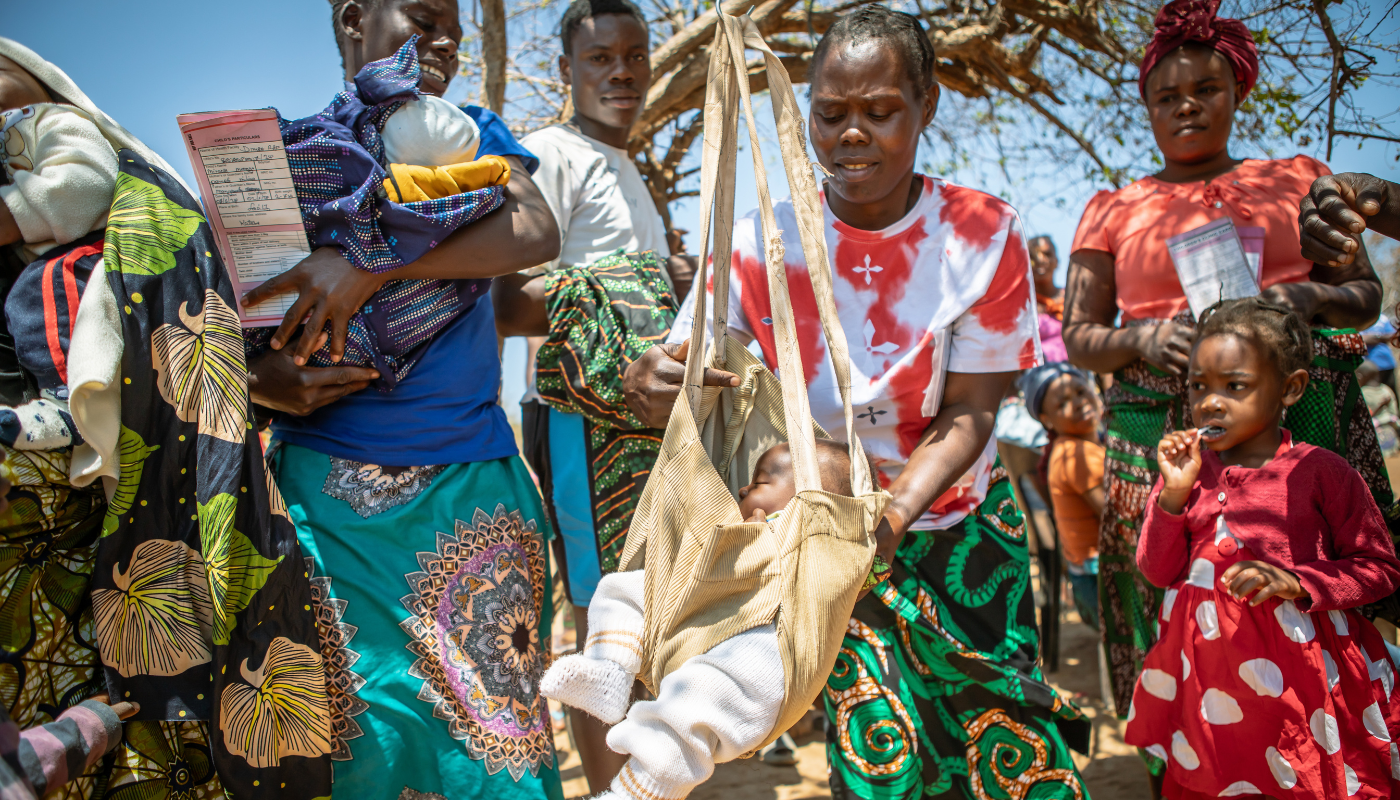
Risks for women and girls can and must be mitigated – but more investment is needed and current commitments are inadequate to safeguard the lives of millions.
As COP29 gets under way in Azerbaijan, UNFPA urges high-income countries to follow the evidence and invest sufficiently in climate adaptation and gender equality. The world’s wealthiest 10 per cent are responsible for half of all global emissions. They must reduce greenhouse gas emissions, slow the climate chaos and do more to protect vulnerable women and girls.
Research has shown that investing in anticipatory action – acting ahead of predicted hazards to prevent or reduce acute humanitarian impacts before they fully unfold – not only saves women’s lives and reduces their risk, but also makes financial sense. Every $1 spent in anticipatory action saves $4 in humanitarian aid.
The choice for wealthy nations is simple: Invest and act appropriately now, or pay more later while watching preventable tragedies unfold.
